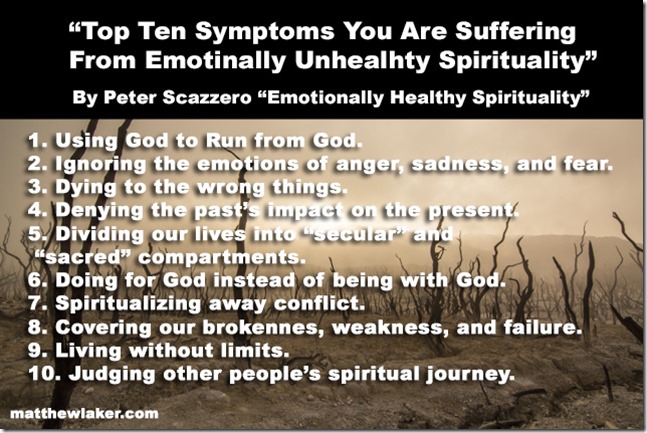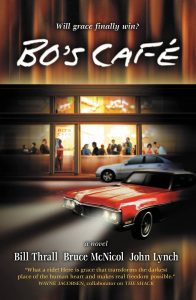The Action Bible helped my son engage with scripture
 The “Action Bible” – What is that? I wondered as I pulled it off the shelf at the church library. For whatever reason that day I was looking through our church library for something. Then I noticed a small book called the Action Bible. I flipped through it and thought cool, my son would love this.
The “Action Bible” – What is that? I wondered as I pulled it off the shelf at the church library. For whatever reason that day I was looking through our church library for something. Then I noticed a small book called the Action Bible. I flipped through it and thought cool, my son would love this.
It is produced by David C. Cook
Sometime later my son received a copy of just the “New Testament” version of the Action bible (I cannot remember if it was from grandparents or parents). He has read that book so much that it is falling apart. I first noticed it having a big impact upon him when he would start to correct Sunday school teachers or us as we shared a bible story. Often he would respond along the lines of “this is how it happened,” then share what he read.
The Action Bible is a resource to help engage your young kids with scripture.
The Action Bible has taken the words of the bible and put them into a comic illustrated style. Now every kid is different, but for my son it has been the single biggest thing to start engaging him with scripture.
Reasons I like it:
1. A format that grabs his attention to biblical stories.
Sergio Cariello, the illustrator, does a great job with modern drawings. In a day where visual media rules, the bible can be hard to engage for youngsters. I have also seen my share of cheesy Christian bible comics but the action Bible is updated and relevant.
2. It Stays to the core of the message of scripture
As I flipped through the book, or more importantly as my son would come and share with me what he was reading, the core message of the illustrations was in line with scripture. Yes, the illustrations are one person’s image of the events, we adults will always find something to point out, however take it for the genre it is. My son who was 8 at the time was sold. I did not have to say read this, he took one look and was engaged. As he engaged he was learning the message of the Bible.
3. Opened doors for conversations
I see this as one tool in many for the parent in teaching scripture to their children. It has helped us engage with our son around scripture. He is a visual boy and has good recall and it amazes me how fast his mind goes back to this book when we talk about the bible.
Later we picked up a copy of the full action bible for him and he has fully engaged with it.
We still have what you may call a regular bible that he can read. However, the action bible has proved to be a good resource to engage my young son.
What resources have you found useful in helping to engage children in scripture?



